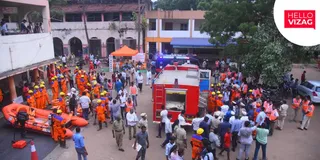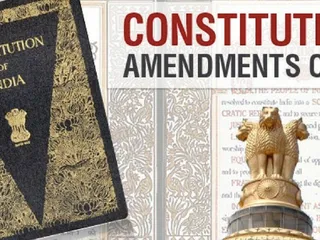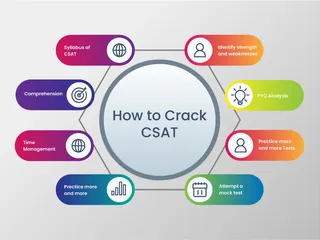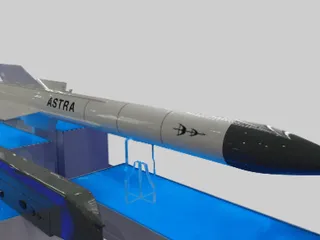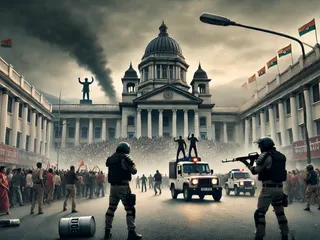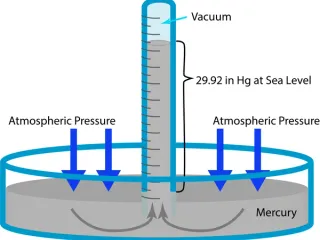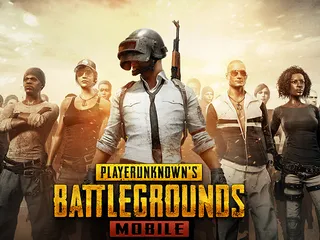May is a great time to schedule and conduct mock drills as part of your organization's or community's overall emergency preparedness plan. Regular drills help identify weaknesses in your response and improve coordination among teams. This ensures a smoother, safer response during a real emergency.
Why Conduct Mock Drills in May?
While drills should be conducted regularly throughout the year, May provides an opportunity to review plans before the summer months, which often bring increased outdoor activities and potential for various weather-related emergencies.
Types of Mock Drills
- Fire Drills: Practice evacuation procedures in case of fire.
- Active Shooter Drills: Simulate response to an active shooter situation, emphasizing lockdown and evacuation procedures. (Note: These require sensitive planning and should be implemented with care and consideration for the mental health of participants.)
- Earthquake Drills: Prepare for earthquake-related emergencies, including ‘drop, cover, and hold on’ techniques and post-quake procedures.
- Severe Weather Drills: Practice responses to tornadoes, floods, or other severe weather events.
- Evacuation Drills: Practice evacuation procedures from buildings or specific areas.
Best Practices for Effective Mock Drills
- Planning: Develop a detailed plan outlining objectives, procedures, and roles.
- Communication: Ensure clear and consistent communication throughout the drill.
- Debriefing: Conduct a post-drill debriefing to identify areas for improvement.
- Documentation: Document all aspects of the drill, including successes and areas needing attention.
- Regularity: Schedule drills regularly to reinforce procedures and adapt to changing circumstances.
Resources
For further information and resources on emergency preparedness, you can refer to:










